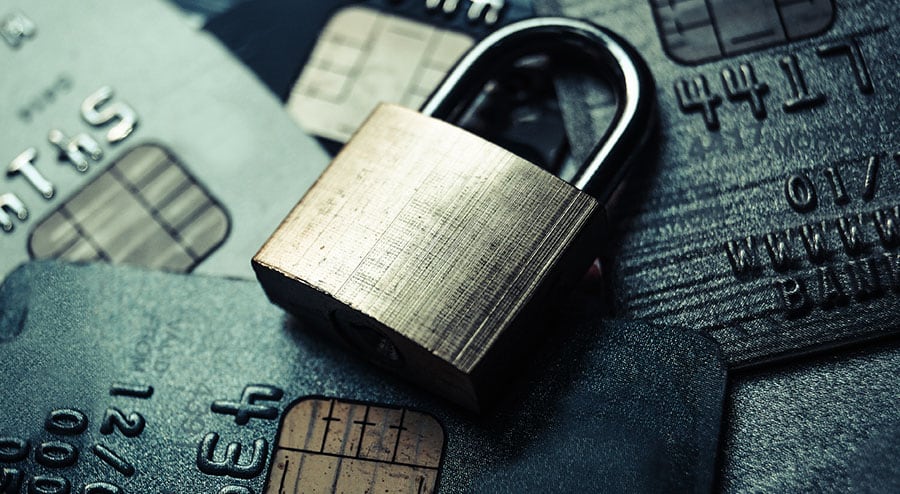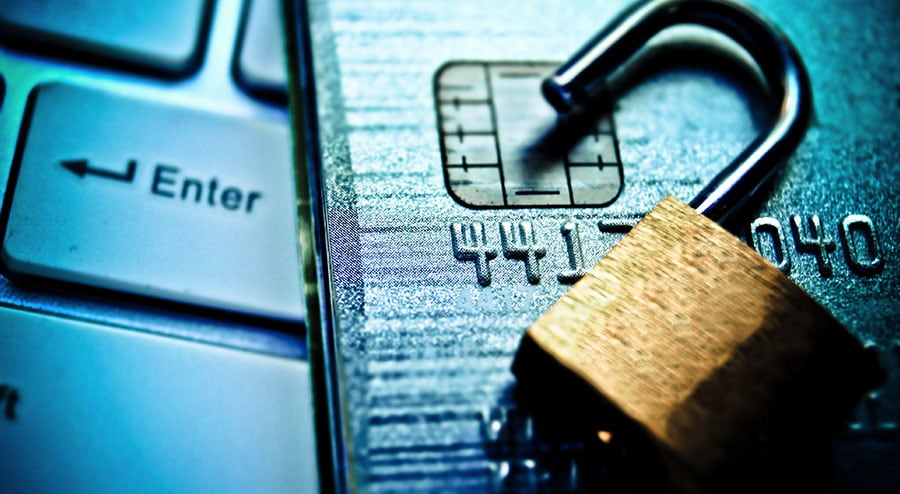Credit card fraud is on the increase as technology and global super highways develop. The cost to both businesses and consumers from this type of fraud costs billions of dollars every year. Fraudsters are continually finding new ways to commit their illegal activities. As a result, it has become essential for financial institutions and businesses to develop advanced fraud detection techniques to counter the threat of fraudulent credit card transactions and identity theft and keep losses to a minimum.
In this article, we will take an overview of the problem and the various techniques that are used to detect fraudulent transactions.
Credit Card Fraud

Credit card fraud is popular among thieves as the culprit is often able to steal large quantities of money in a very short time. The fraud is often not discovered for days and the risk of the thief being caught is minimal compared to other types of theft. Credit card fraud can occur online and offline in a variety of ways.
Online fraud is where a fraudster commits the fraud via the phone or the Internet with the card details. Offline fraud is committed when a stolen card is used physically to pay for goods or services. We will briefly take a look at the different types of credit card fraud.
Application fraud is where false information is given in the application. When applications come from the same user, then this is classed as duplication and when it comes from different people it is classed as identity fraud.
Offline fraud is committed when cards are lost and or stolen. Thieves use various methods to pick-pocket unsuspecting customers often in busy urban areas. Distracted commuters on busy trains and buses make easy targets for credit card thieves. It is estimated that around 14% of Americans have 10 or more credit cards!
By the time it is your lunch hour and you discover your wallet has vanished the damage will have already been done. Fraudsters usually act fast and use the cards in shops or over the phone. In the case of cards with high credit limits, the financial damage can be significant.
Account takeover is when a fraudster obtains a customer’s personal information and takes over the account by being able to provide the account details. This kind of fraud can happen when thieves target household trash cans and discover account information that has not been destroyed properly. Thieves can also target mailboxes in apartment buildings when cards and PINs are posted to customers.
A counterfeit card is a card that has been scanned without the cardholder’s permission. Fraudsters can make cards using sophisticated machines; however, this is becoming more difficult as issuers implement more security features. Fraudsters also use techniques such as embossing to change the details on cards. Many cases of counterfeit credit card fraud use a method called skimming where the data from the electronic strip on a genuine card is copied onto another card.
Usually, it is not the consumer that foots the bill for these fraudulent activities. Banks and card issuers, for the most part, will cover the cost of fraudulent activity on cards as part of their terms of service.
In an attempt to protect themselves from massive losses card issuers have developed sophisticated systems that monitor transactions so that fraud can be detected at the earliest opportunity. These systems are able to allow customers to go about their day-to-day business conducting transactions while, at the same time, flagging unusual transactions. Credit card issuers are all too aware that not having fraud detection techniques in place will significantly adversely affect service, costs, delivery, and reputation.
In 2013, a study conducted by Kount reported that 40% of all financial fraud was related to credit cards. The cost: a staggering $5.55 billion worldwide. Companies use a variety of methods to detect fraud while keeping false alarms and the inconvenience of card blocking to the consumer to a minimum. Statistical fraud detection techniques can be divided into two main categories: supervised and unsupervised.
In supervised methods, the models are used to classify new transactions as either legitimate or fraudulent based on samples of previous transactions. In unsupervised methods, unusual transactions are identified as possible fraudulent transactions. Both methods calculate the probability of fraud given any transaction.
Challenges In Credit Card Detection
There are many issues and difficulties when it comes to detecting fraud of this type. This type of fraud detection relies heavily on studying data and much of this data is unavailable from banks and financial institutions due to its’ sensitive and personal nature.
Also, due to the number of transactions every day, the analysis poses significant issues in terms of information technology and for researchers analyzing the data. As fraud detection techniques develop and become more sophisticated, so do the fraudsters who will change their methods over time to achieve their goals.
Credit Card Fraud Detection Techniques

In the next part of the article, we will look at the main types of techniques briefly.
Decision Tree
The decision tree method works by using a similarity tree which is created by using decision tree logic. A similarity tree is outlined with nodes and leaves which have attributes and factors. These define the ratio in terms of transactions that satisfy certain conditions. This method is easy to comprehend and display. On the downside, it can be that every transaction needs to be checked individually. This method has been used to provide very good results for several years.
Genetic Algorithms and A Range of Additional Algorithms
Algorithms can be used to detect fraud by using predictive methods. What the algorithms do is establish a set of rules based on logic. This allows the data to be categorized into either non-suspicious or suspicious activity. This credit card fraud detection method has delivered results and is also useful for home insurance data. It is an efficient method when tackling credit card fraud and uses a range of methods that highlight suspicious transactions.
Clustering Techniques
Clustering techniques can be used to detect behavioral fraud. One clustering method is Peer Group Analysis. This is a method that identifies accounts that are behaving in a different way to other accounts. If an account is suddenly behaving differently to previously then this method allows it be flagged. Once flagged, the appropriate methods can be used to contact the customer or block the account to prevent any further fraud taking place.
It can often be the case that a customer is genuinely wishing to make a high-dollar transaction which is unusual to their normal pattern of small purchases. If all is well, then the account will be unblocked.
Neural Networks
Neural networks are also seen as an effective way to combat credit card fraud. The disadvantage of this method is that the method uses data clustering which can only be collated by account type.
Naive Bayes Classifiers
Naive Bayes is a supervised machine learning method developed by John and Langley in 1995. The method uses a dataset with target classes that are known in order to make predictions of future instances. Experiments that have been performed on this method show that it performs well.
K-Nearest Neighbor Algorithms
The K-Nearest Neighbor Algorithm or KNN is a method that uses available instances and then classifies new instances based on similarity. KNN has been used to perform pattern recognition and statistical estimation since the 1970s. The KNN is an instance-based learning method. It begins with a set of instances and compares new instances to the original instances. The K-Nearest Neighbor Algorithm was introduced in 1991 by Aha, Kibler and Albert. This method does have its downfalls as irrelevant attributes can lead to impracticalities and inefficiency.
Support Vector Machines (SVMs)
The Support Vector Machine is a statistical learning method that is useful in credit card fraud detection. If the test instance is within the learned region it will be classed as normal and if it is outside of this region it will be classed as anomalous.
Bagging Ensemble Classifier
Introduced by Leo Breiman in 1994 this method was designed to improve upon machine learning algorithms. It has become popular due to its simple implementation as well as increased accuracy. The bagging ensemble classifier is fast and can handle large databases.
Conclusion

Of the individual methods we have discussed, the Naïve Bayes, the Support Vector Machines (SVM) and the K-Nearest Neighbor Algorithm these methods can be used individually or they can be used together to identify classifiers. Of the individual methods detailed, the ensemble learning methods are popular not least because of the ease of implementation but also because of its highly predictive performance when applied to practical problems.
When it comes to trials and evaluation carried out with real-life credit card transactions the bagging classifier based on the decision tree was found to be the better classifier for credit card fraud detection.
Education is the key for businesses in terms of preventing credit card fraud and liability. Businesses need to take steps to make sure that customer data is not breached whilst in the care of your organisation. This can result in several repercussions for your business.




